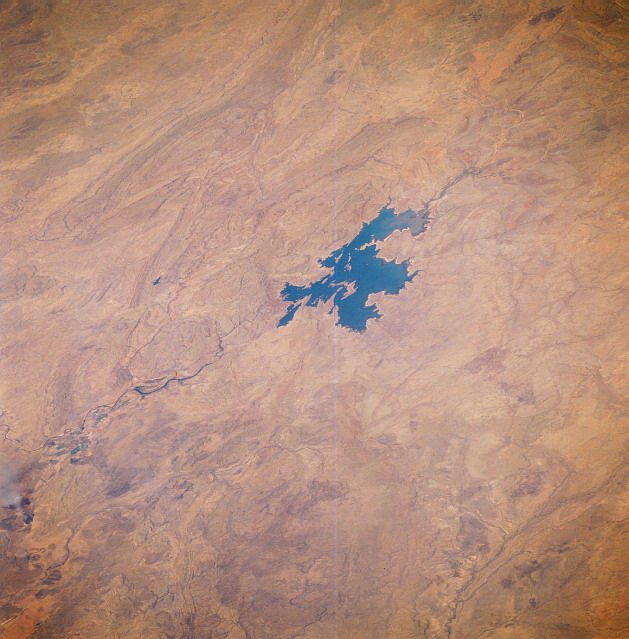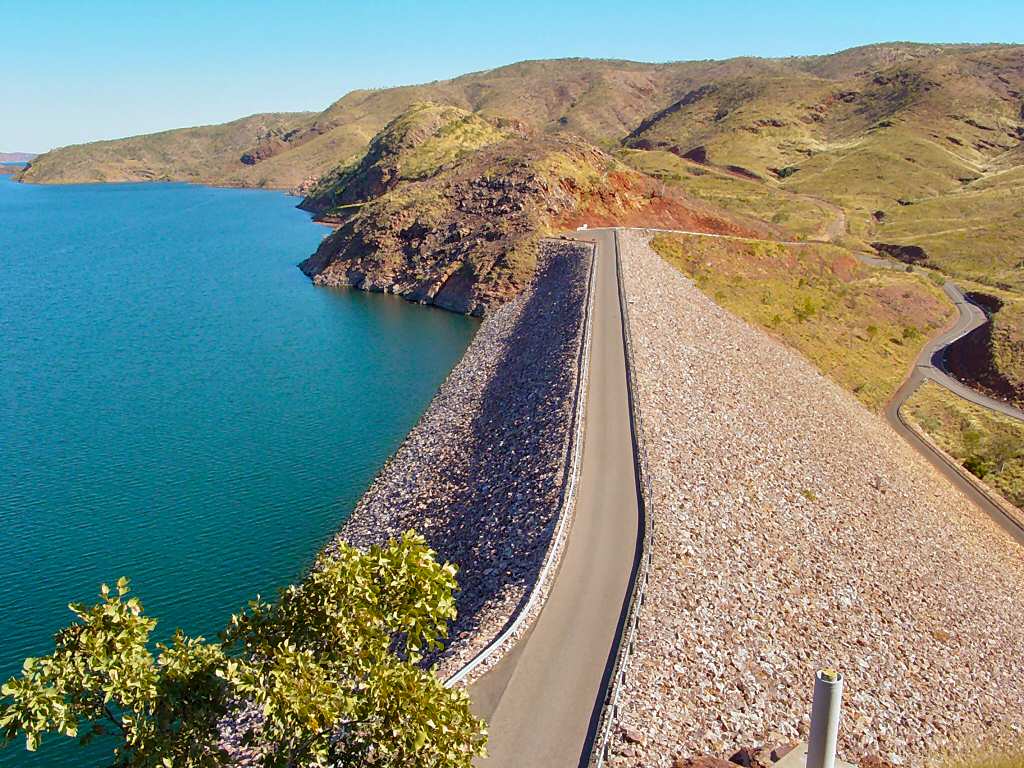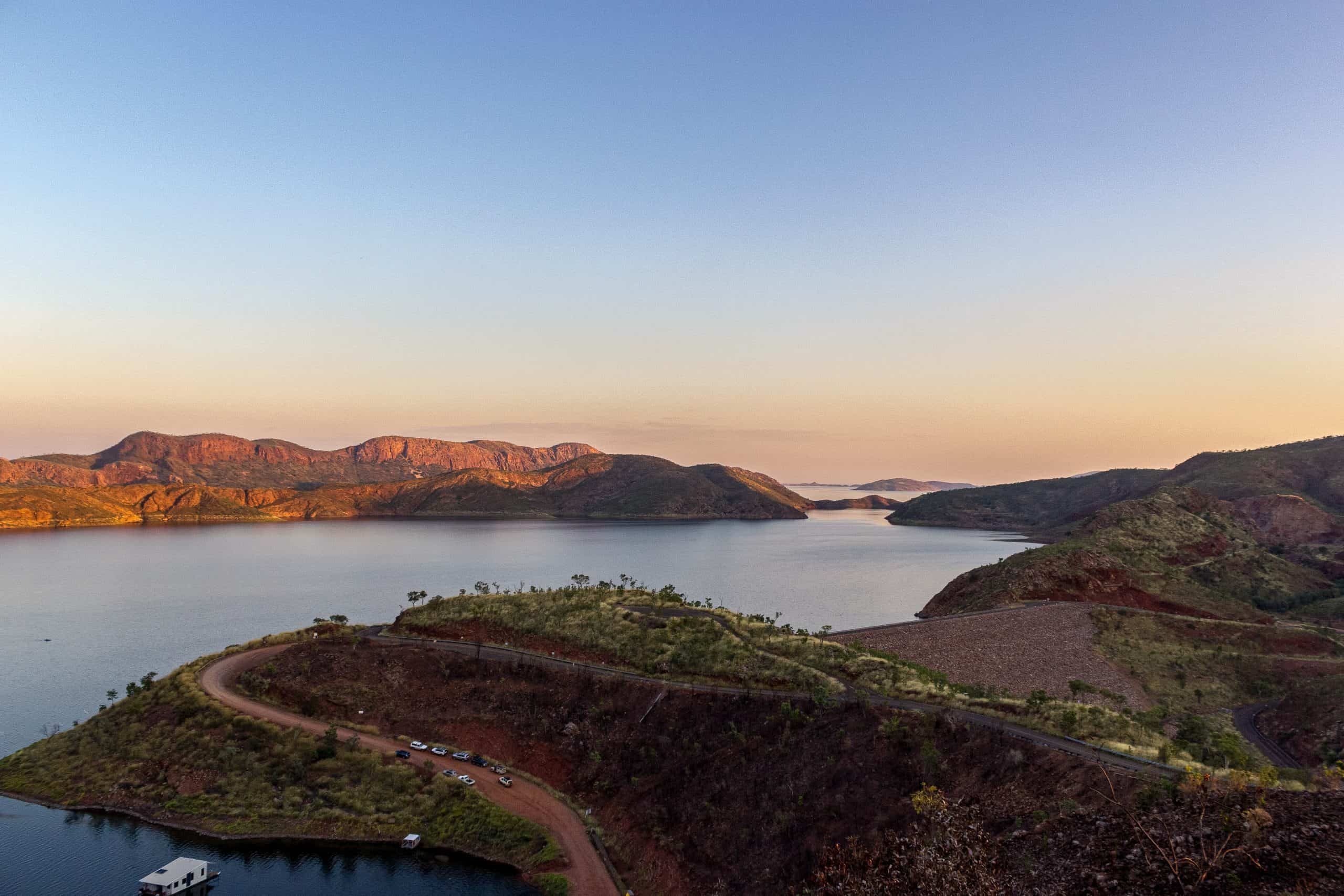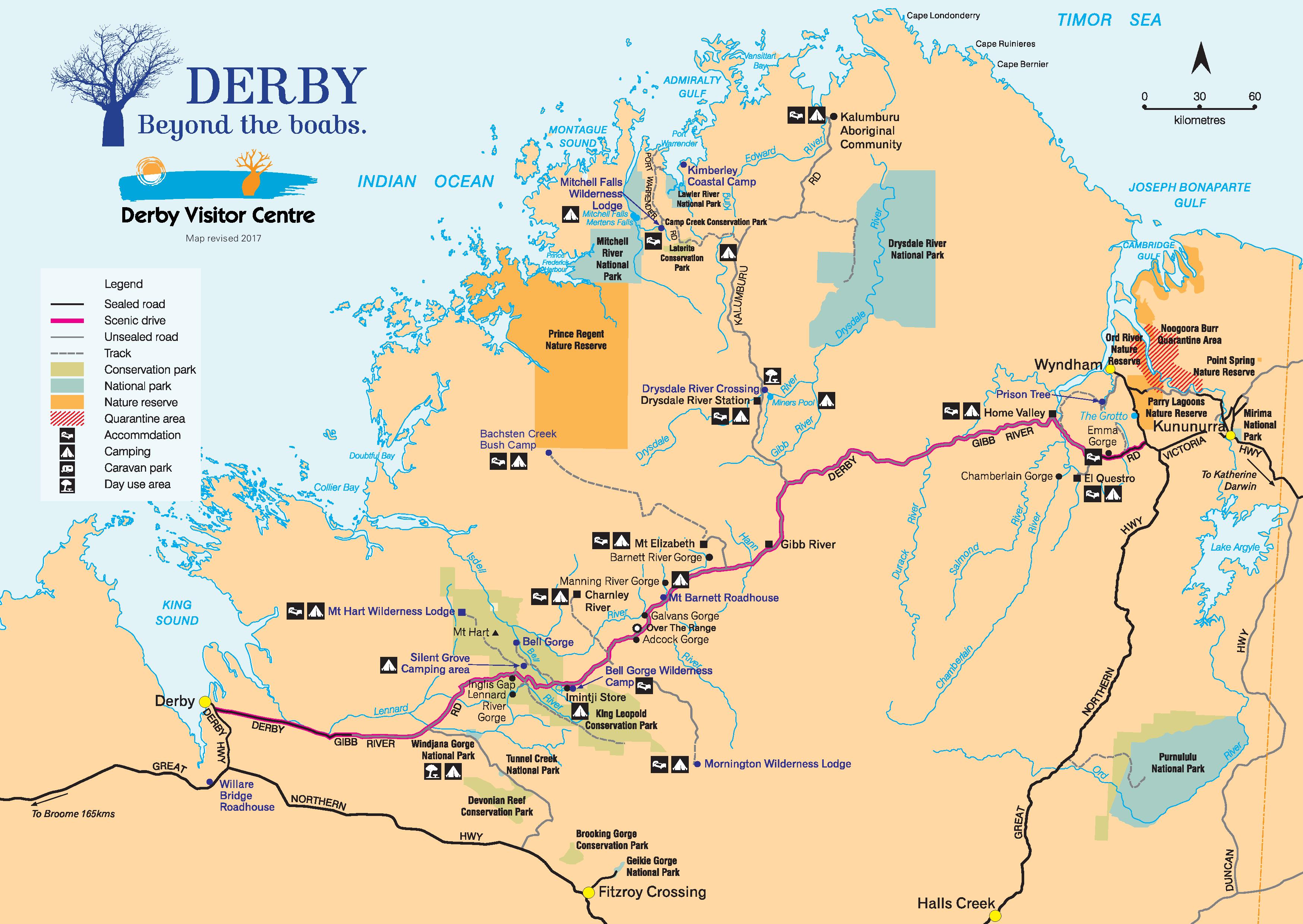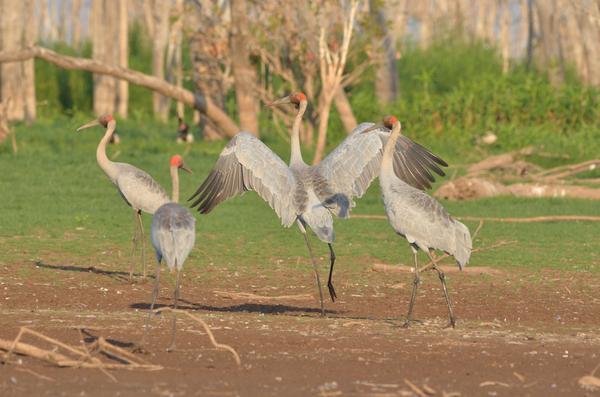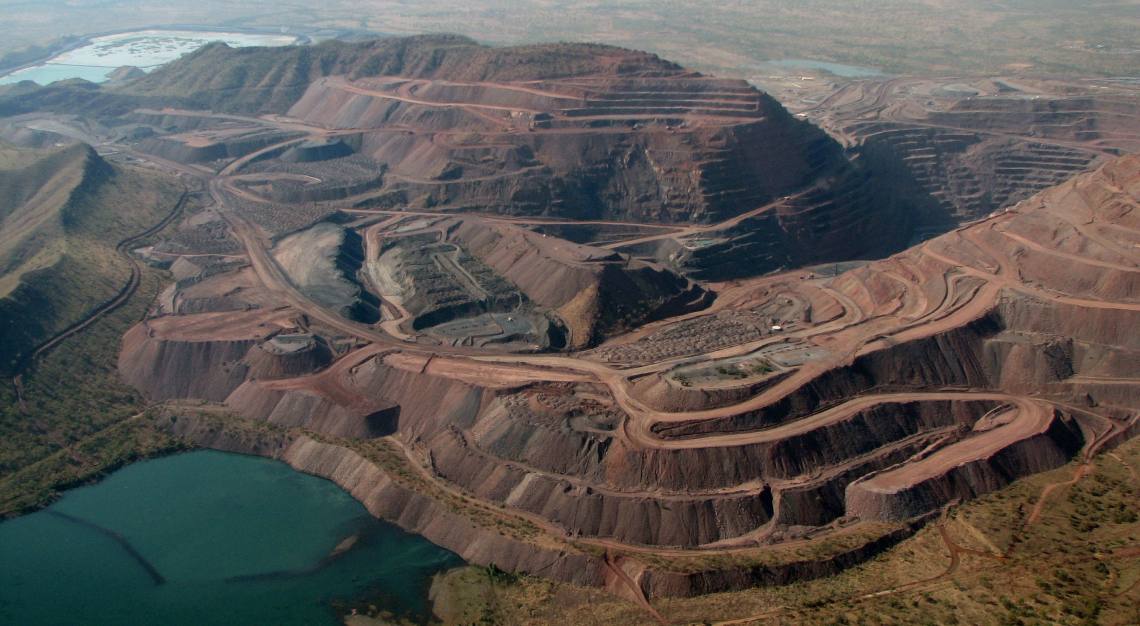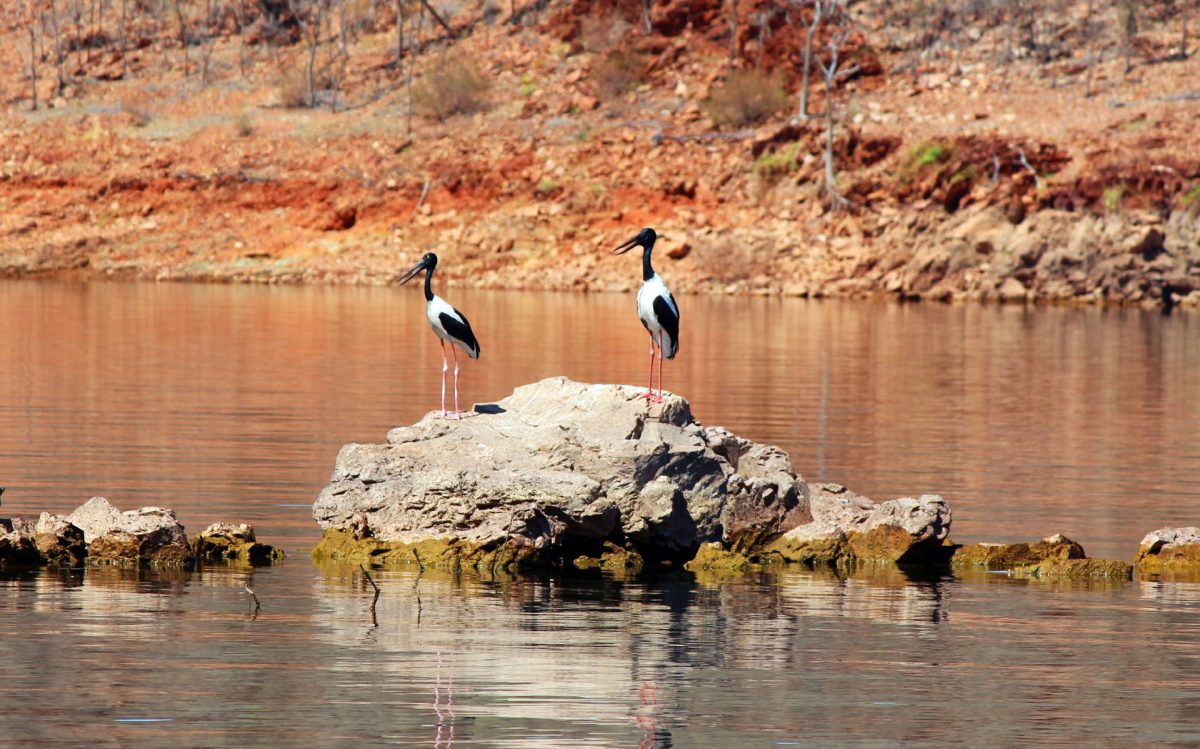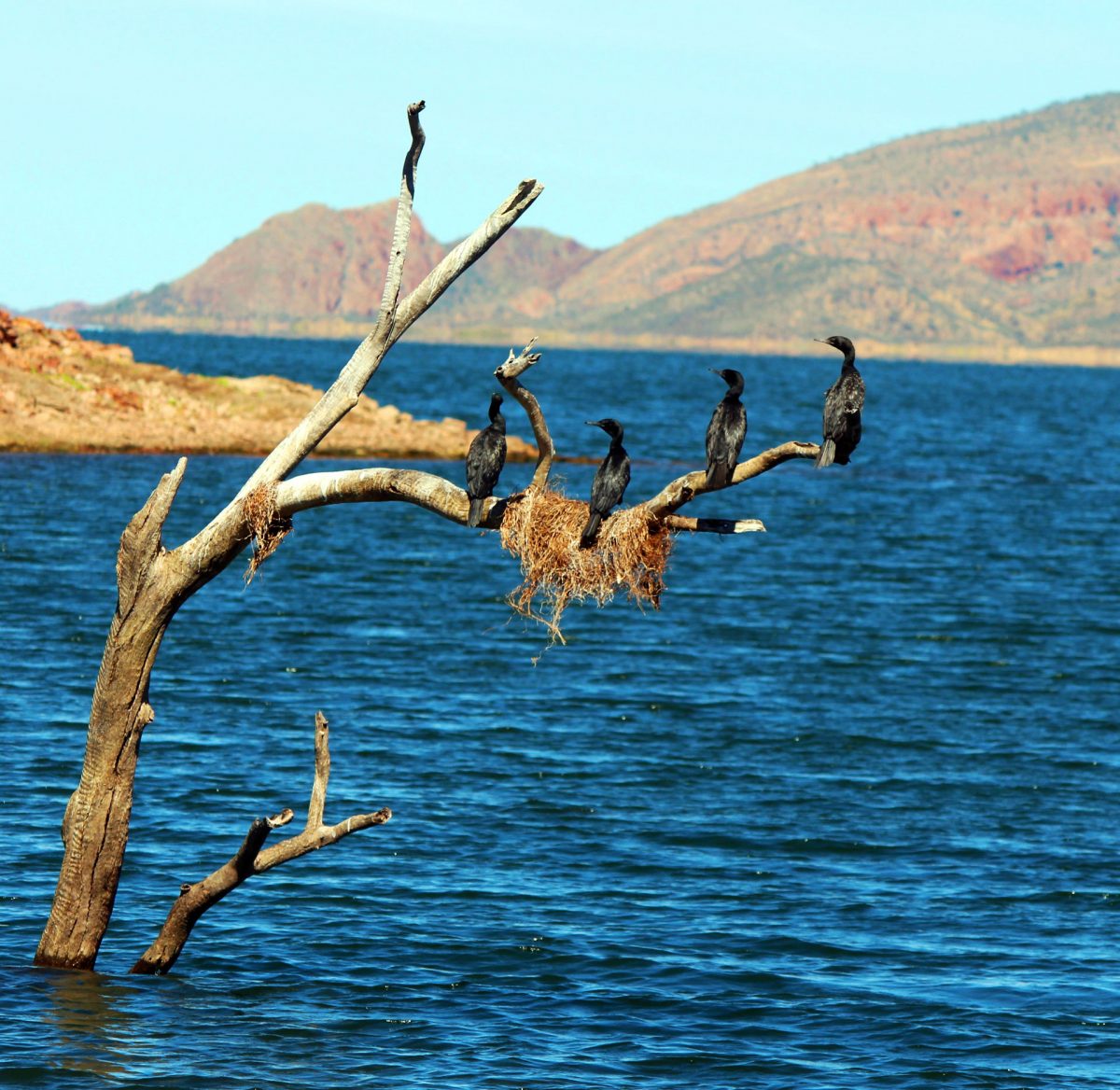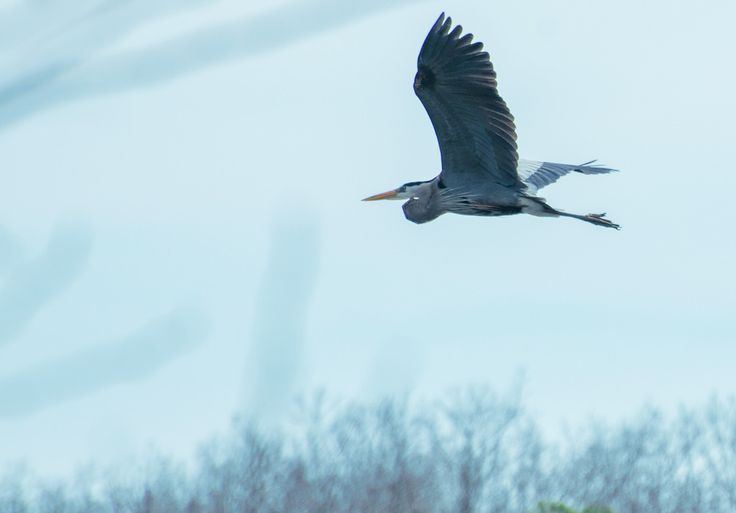
AsianOverland.net
Tour Guide - Itinerary
Asian Overland Sydney to London
Started 22/06/2022 Finished 21/06/2023365 Days ITINERARY
Day 28 date 19/07/2022KUNUNURRA to LAKE ARGYLE
ASIANOVERLAND.NET SYDNEY TO LONDON DAY 28: KUNUNURRA TO LAKE ARGYLE
Lake Argyle is 75kms south of Kununurra and is 18 times the size of Sydney Harbour. It is Western Australia's largest and Australia's second largest freshwater man-made reservoir by volume and part of the Ord River Irrigation Scheme. Lake Argyle normally has a surface area of about 1,000 square kilometres.
The primary inflow is the Ord River, while the Bow River and many other smaller creeks also flow into the dam. Lake Argyle and Lake Kununurra were listed in 1990 as Ramsar Convention protected wetlands.
The lake is home to 26 species of native fish and about 25,000 freshwater crocodiles. Fish species in Lake Argyle include barramundi, southern saratoga, archer fish, forktail cat fish, long tom, bony bream and sleepy cod.
The lake, with its surrounding mudflats and grasslands, is classified by BirdLife International as an Important Bird Area (IBA) because it supports about 150,000 waterbirds with twelve species in large enough numbers to be internationally significant. The mud flats and grasslands are the natural habitat of eight wader species in internationally significant numbers, along with a healthy population of Australian bustards, which are a "near threatened" species. Birds for which the lake has global importance include magpie geese, wandering whistling-ducks, green pygmy-geese, Pacific black ducks, hardheads, black-necked storks, white-headed stilts, red-capped plovers, Oriental plovers, black-fronted dotterels, long-toed stints and sharp-tailed sandpipers.
Common larger-bodied bird species found at the lake include the Australian pelican, black swan, eastern great egret, royal spoonbill, osprey and wedge-tailed eagle. Common smaller-bodied bird species include the spinifex pigeon, peaceful dove, common sandpiper, white-winged tern and budgerigar, while mid-sized bird species include the red-winged parrot, blue-winged kookaburra and barking owl.
The Argyle Diamond Mine was the largest diamond producer in the world by volume (14 million carats in 2018). It is the only known significant source of pink and red diamonds (producing over 90% of the world's supply), and also provided a large proportion of other naturally coloured diamonds, including champagne, cognac and rare blue diamonds.
Mining operations ceased in November 2020, with mine operator Rio Tinto saying it planned to decommission the mine and rehabilitate the site by 2025.
© This work is copyright. Apart from any use permitted under the Copyright Act 1968, no part may be reproduced by any process, nor may any other exclusive right be exercised, without the permission of Peter Searle, peter@portseavillageresort.com; 1980-2024.
Website built by Justin O’Dea www.webdeveloperdocklands.com.au
